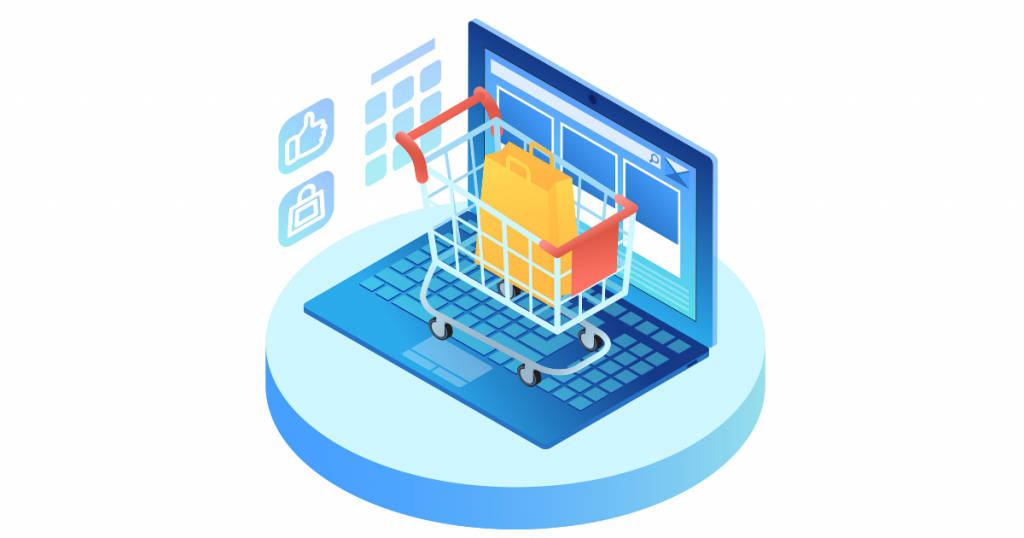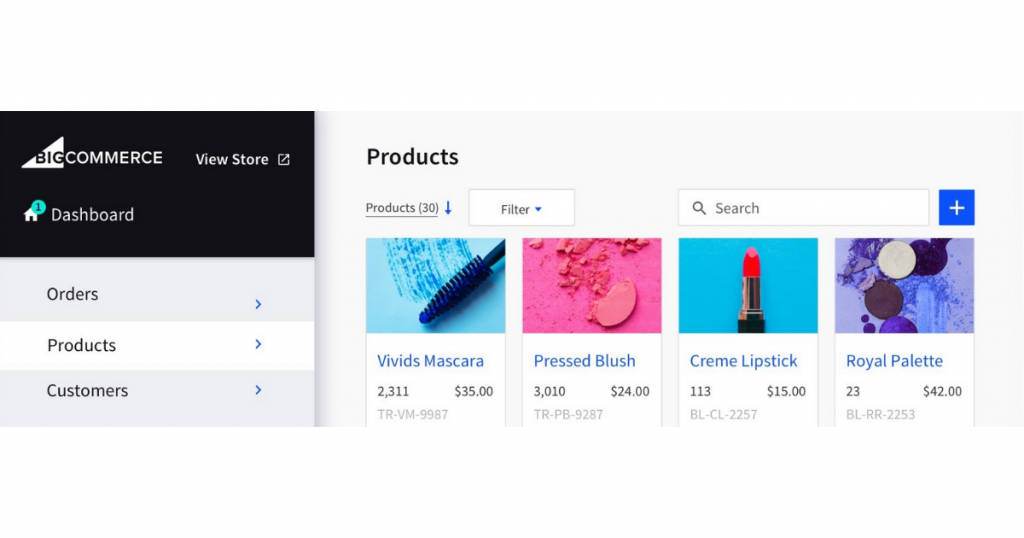Ecommerce or electronic commerce is the revolution of the shopping experience where economic transactions happen over the internet. The idea of purchase and payment of anything over the internet is what makes eCommerce exciting. The rise of cloud-based SaaS solutions in eCommerce has led to an interesting new phase in this industry.
It allows customers to quickly get access to new functionalities, with the prime focus on the sale and purchase of goods and services.
SaaS-based eCommerce software solutions allow people to carry out online transactions with ease. In this article, we’ll discuss the importance of SaaS in eCommerce while also sharing some top SaaS-based eCommerce software that you can use.
Table of Contents
SaaS in eCommerce
In the SaaS distribution model, users pay a fixed amount per month to use a software or service. Now when people are shopping from the comfort of their homes, these SaaS platforms have become a blessing as they offer a hosted solution that is accessible over any web browser on any device.
These SaaS eCommerce software are all-inclusive of the software, hosting, backup, and tech support. You pay a single price for all these. If you own an online store, you don’t need any additional software or web hosting because the SaaS software is already hosted on the provider’s servers. You just need a computer with an internet connection and a browser using which you can log in to the platform.

The provider secures, maintains, and hosts the platform on their servers so that you don’t have to worry about anything that the online store needs to function efficiently. For eCommerce business owners who want to sell without any hassle and without engaging their time, energy, or resources, SaaS software are the ideal solution.
Benefits of SaaS in eCommerce
Giving up on a physical store and switching to online stores can be a daunting task. But with the benefits that these SaaS platforms offer, business owners from any age group or background can operate their store efficiently. A few benefits to mention –
- Affordable expenses as these software operate in a multi-tenant environment.
- It may expand the client base as SMEs can utilize the software that they would not have used otherwise due to the high licensing fee.
- Low maintenance cost because the providers own the environment which is shared among the clients who use the service.
- SaaS products are easy to use, update as per new releases, and do not cost much time and money too.
- Upgradation to an improved environment is not costly.
- These products are simple to use because you do not have to install any additional software to run the online store, making it the most demanded option for online business.
Top Saas-based eCommerce Platforms
Many platforms have come forward as the best SaaS eCommerce platforms. However, there are a few big names that are discussed here –
1. Magento

Magento is a highly preferred eCommerce platform for many businesses and store owners. It offers some great features and gives a variety of options for themes and plugins to choose from as per your business type. Magento is a free platform but has an upgraded version that is available at some cost.
Some key features of Magento include –
- Checkout, order, shipment, coupon, and tracking facilities for all the magneto online stores.
- Allows send out alerts to update your user and purchaser for any new launches, etc.
- You can create multilingual sites so that your customers across the globe can shop with you. This is an amazing customization to target specific audience.
- Magento offers a highly customizable dashboard and other offerings like the preset option if you dont want to customize and just build a website quickly.
Magento offers a lot to its users at the best possible price. However, for people looking for a flashy and splendid website, with more additions and plugins, the platform can be a costly affair.
2. BigCommerce

BigCommerce is a popular, easy-to-use, and the cleanest dashboard to work with. The best part about the platform is that it can put your online store to an up and running condition in the shortest time possible.
Some key features of BigCommerce include –
- You can customize with built-in tools, features, and components and seek support from the tech support team too.
- It offers multiple payment gateways with high security, making it one of the most used SaaS platforms today. These options are readily available in the side bar menu for easy access.
- Easy order and inventory management.
- Integration with selling platforms like Facebook, Pinterest, eBay, Amazon, etc.
- Offers multiple features for marketing.
- Offers effective email marketing.
There are multiple features and subscription plans that BigCommerce offers and can fit into your business needs, no matter how large or small scale your business is.
3. Shopify

The most widely used SaaS platform, Shopify, is seven times more desirable than all other SaaS-based eCommerce platforms. It offers an easy setup, has a handy dashboard, allows quick product adding, allows site customization, and more. Migration from other sites is easy, and you can also import previous products without any hassle.
More exciting features include –
- Easy to add products, titles, descriptions, prices, discounts, etc.
- Customer management, order details, store stats, etc. are also very easy to manage. All the sections that require customisation are present in the menu for easy access.
- Allows store owners to add unlimited products and customers to make unlimited orders.
- Mobile commerce is also enabled.
- Integration of more than 100 payment gateway and acceptance of all credit cards.
- Allows business owners to use their own domain name.
- Automatic tax calculations.
- One can build a website with drag-and-drop options.
- Allows creation in multiple languages.
- Complete social media integration.
With these exceptional features, Shopify is a great way to make your business a success. It is one of the best and the most used platforms and it continues to get better with time.
Conclusion
SaaS-based eCommerce has made it convenient for people to launch their online stores with fast, reliable, and budget-friendly options. The best part about eCommerce SaaS is that it offers multiple platform options to satisfy all the diverse kinds of business needs.
If you need help searching for a particular software, check out SaaSworthy.